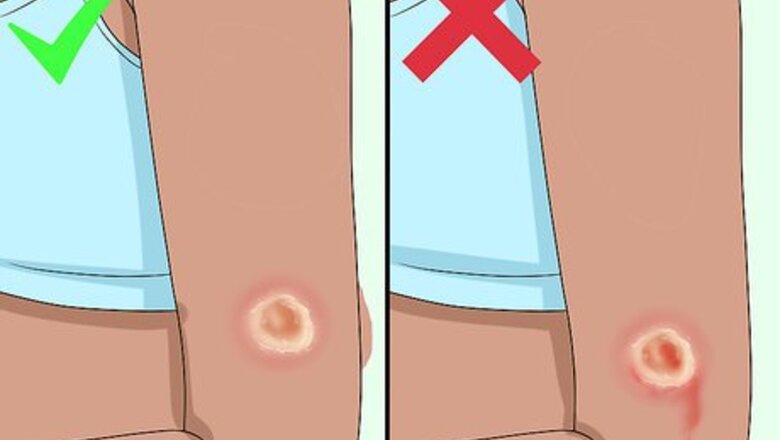
views
X
Trustworthy Source
PubMed Central
Journal archive from the U.S. National Institutes of Health
Go to source
Dressing the Scab
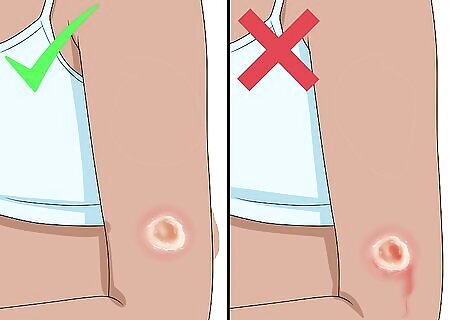
Make sure the scab is not oozing. Before you can properly dress a wound or scab, it should be dry. If your wound is oozing blood, place some sterile non-adhering gauze on it. If it soaks through the gauze, don’t remove it. Removing it can restart bleeding by pulling off the healing tissue. Just place another layer of gauze on top. Keep the gauze in place until the wound stops oozing.
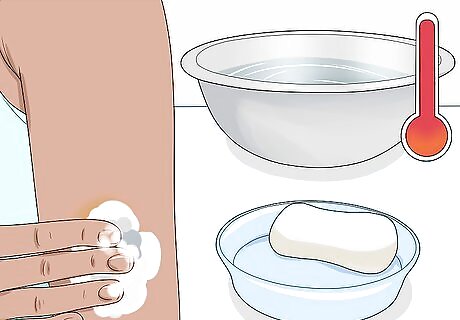
Clean all around the scab. Even if your wound has already started to scab over, it’s important to keep it clean and moist. This helps it heal faster. Simply rinse the wound with warm water. Lightly pat it dry.
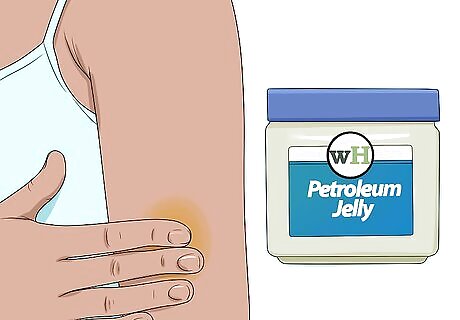
Moisten the scab to help it heal faster. While old ways assumed that keeping a scab dry helped it heal faster, modern research says keeping it moist is best. Slather a layer of petroleum jelly all over and around the scab after you have cleaned it. You can also use antibacterial ointment instead of petroleum jelly, but this isn’t necessary for most wounds.
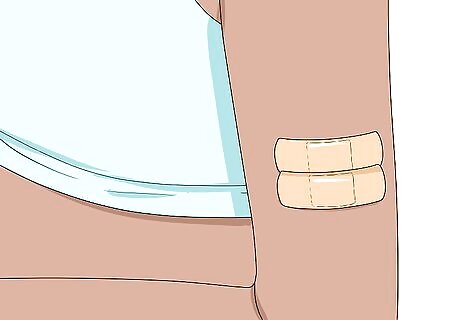
Cover the scab. To prevent infection, cover the wound with a sterile non-adhesive bandage. Try gauze secured with tape, silicone gel sheets (look for these at a pharmacy), non-stick gauze wrap, or non-adhesive gauze under a wrap, especially if you’re dealing with a big scab.
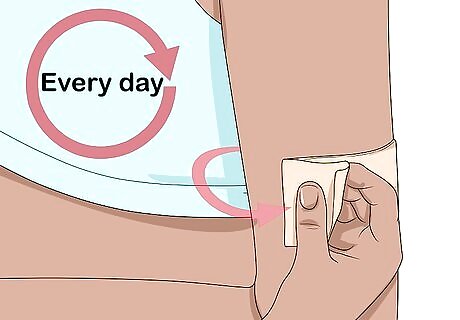
Put a fresh bandage on every day. While you’re waiting for the scab to heal, take time to remove the bandage each day and clean the site. Moisten the scab again and cover it with a new bandage. The scab still won’t disappear instantly, but this will definitely speed up the healing process.
Treating the Scab
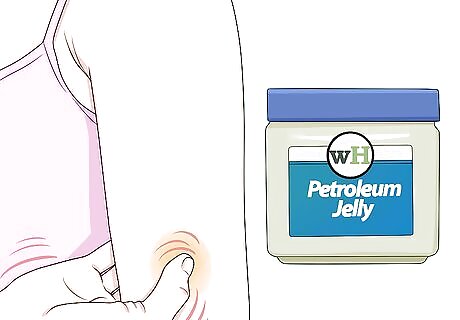
Massage your scab to get some relief. Picking at your scab is a no-no, since this can cause scarring and make it take even longer for the wound to heal. If you want some relief from the itching that will also help get rid of the scab, try gently massaging it with a bit of petroleum jelly or moisturizing lotion. You can do this each time you put a new bandage on.

Try a soothing warm compress. For some instant relief, soak a clean cloth in plain warm water. Let it sit on the scab for fifteen minutes, but don’t rub or scrub. This will provide relief from the irritation that makes you want to pick the scab. The water will also moisturize the scab, helping it to heal faster.
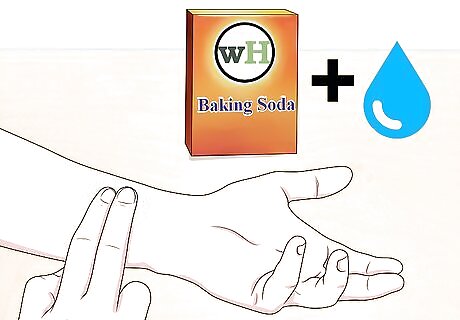
Coat the skin in a homemade paste once the scab comes loose. Mix some baking soda with enough water to make a paste. Apply the paste over the entire scab and let dry. When you’re done, rinse it away with warm water. This will tighten the scab and draw it gently from the skin. You can do the same thing with potassium alum, a naturally occurring form of aluminum salt, and is widely used as a deodorant and styptic (or astringent). Look for it at your local pharmacy. Alum tightens the scab by constricting the surrounding blood vessels, ultimately loosening the scab from its mooring on the skin.
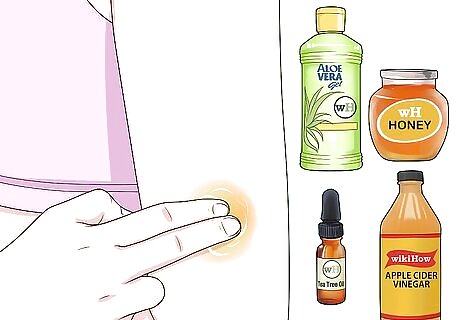
Dab at the scab with natural remedies. Several common products can kill germs, helping the wound to heal and the scab to clear up. Just soak a cotton ball or swab in the product, then dab it on your scab. Let it sit for a few minutes, then rinse and apply a new dressing. Try: Tea tree oil Honey Aloe vera













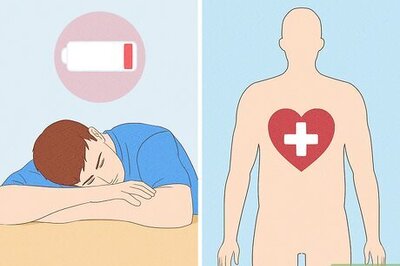



Comments
0 comment